Rules You Didn't Know Formula 1 Drivers Have to Follow

"Hearst Magazines and Yahoo may earn commission or revenue on some items through these links."
With its extremely fast speeds and very real element of danger, it's no wonder why Formula 1 has to be strict with the rules. From getting an F1 Super Licence to wearing fireproof gear any time you're in a race car, there are a lot of things drivers have to do before starting their engines. If you've seen the hit Netflix show about the sport, Formula 1: Drive to Survive, that's only the beginning. For the full scoop on all the rules these athletes have to follow, keep reading.
F1 drivers have to have a Super Licence.
A regular driver's license isn't enough—F1 drivers must obtain what's called an F1 Super Licence. Nope, that's not spelled wrong. It has the European spelling, as it's issued by the Fédération Internationale de l'Automobile (FIA). The licence involves an intense written test and prior racing experience. Some drivers with dual citizenship race under a different nationality, like Alex Albon, who has a Thai license.
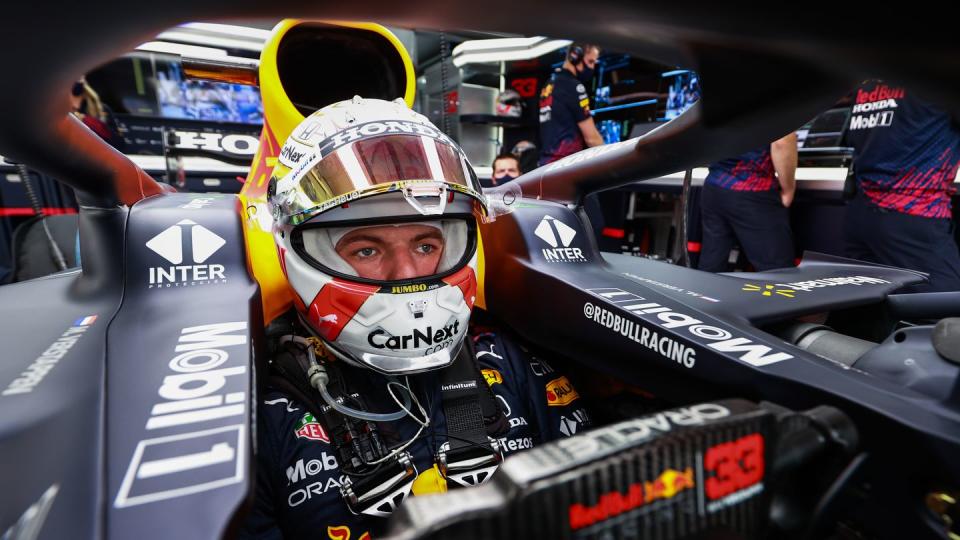
They must be 18 years old to compete.
This rule is relatively new, first being implemented after Max Verstappen made his Formula 1 debut at just 17 in 2015. The age limit helps maintain the sport's "elitist nature."
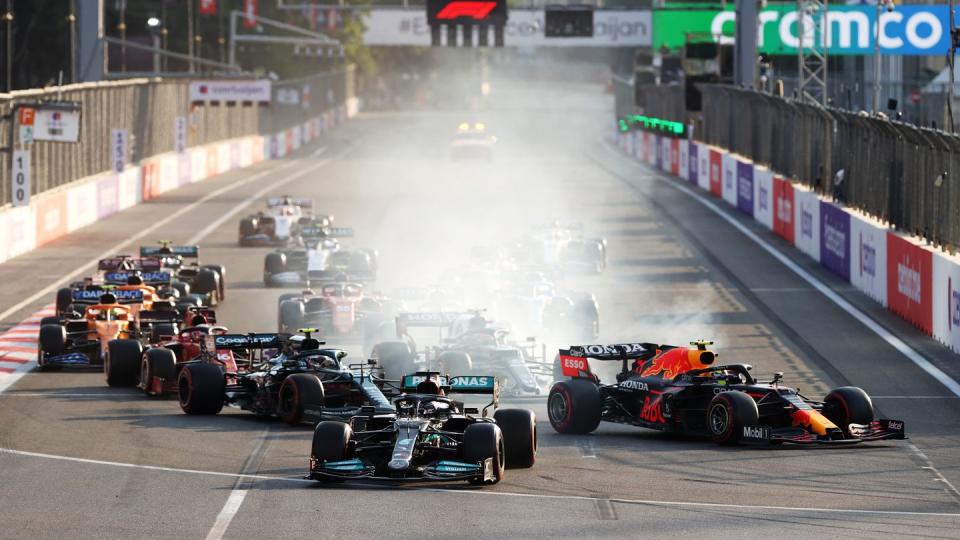
Cars and drivers must meet a weight minimum.
See that right there? That vehicle is in the midst of a weigh-in. For the 2023 season, the driver and car must weigh a combined minimum of 796 kg (1,754 lbs) for safety and speed reasons. Weights are added to cars where the driver is too light to help level the playing field.
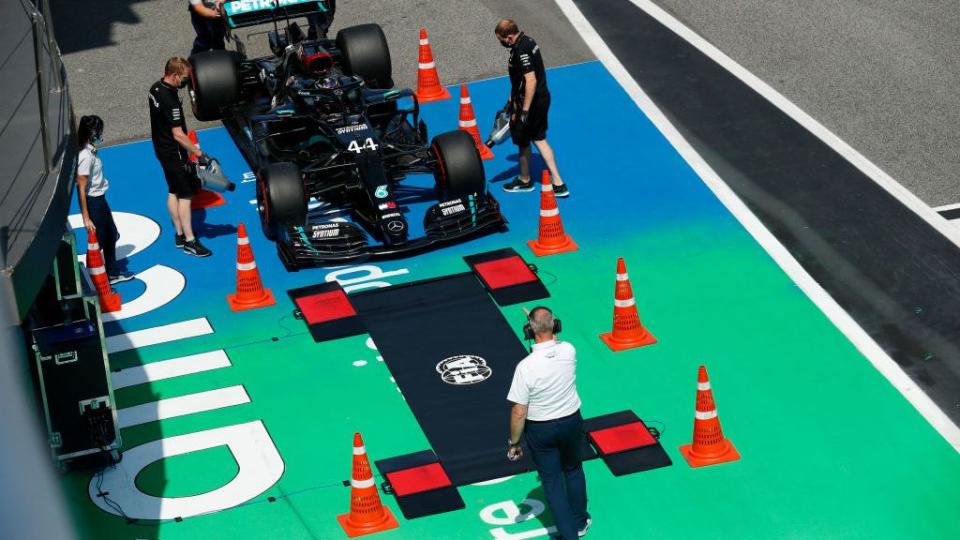
Drivers have to weigh themselves after each race.
This helps officials make sure the car and driver meet their minimum weight. Another reason? Drivers could drop anywhere from 4 to 8 lbs during a race due to sweating in the high temperatures in the car (it can reach up to 122 degrees Fahrenheit!). The weigh-in informs medical staff how much weight a driver lost. If it's more than usual, they can act accordingly.

Don't worry: Drivers can hydrate while racing.
Some drivers have a special hydration system built into their cars. A button on the steering wheel will shoot an isotonic sports drink designed to keep them super hydrated into their mouths.
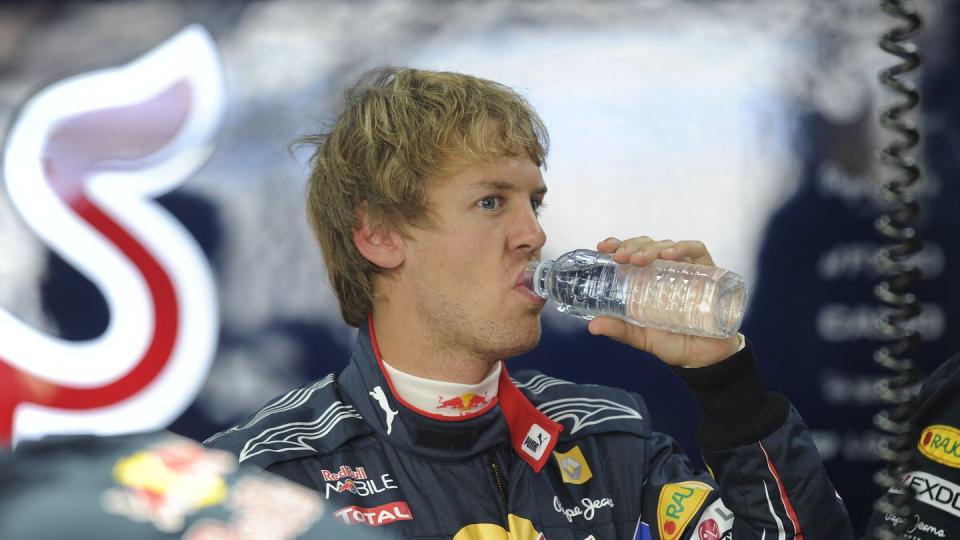
They have to agree to grueling travel schedules.
F1 drivers should expect to be away from their families for extended periods of time during the season—back-to-back races mean being away from home for two weeks at a time. But mechanics, engineers, and other crew members have it even harder, with sometimes over two months of continuous travel. In 2023, a new rule was put in place to help with this issue, reducing the amount of hours worked across race weekends.

Flying with the team isn't required.
Some drivers travel with their team on commercial flights (in business or first class, of course), while others charter their own private jets. Or, if the race happens to be in a driver's home country, they'll often stay at home and take their own cars to the track.

Hotel stays are covered by the team.
Whether drivers end up in a 5-star hotel or a short-term rental apartment, the team typically covers all expenses.
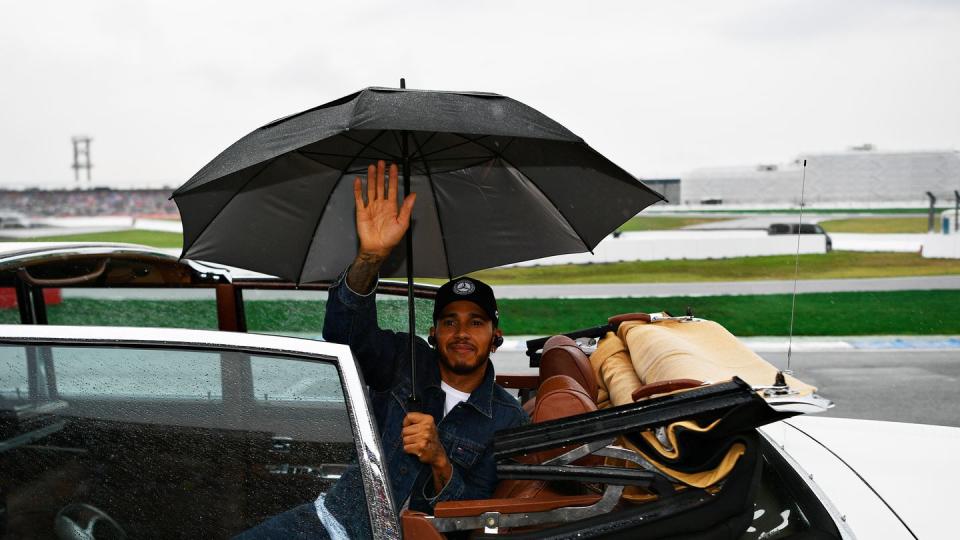
There's only one way to change their number.
At the very beginning of their F1 career, drivers must choose a permanent racing number. There are often personal meanings behind their choice. Want to change it? Only the reigning world champion can swap to #1 following their winning season.
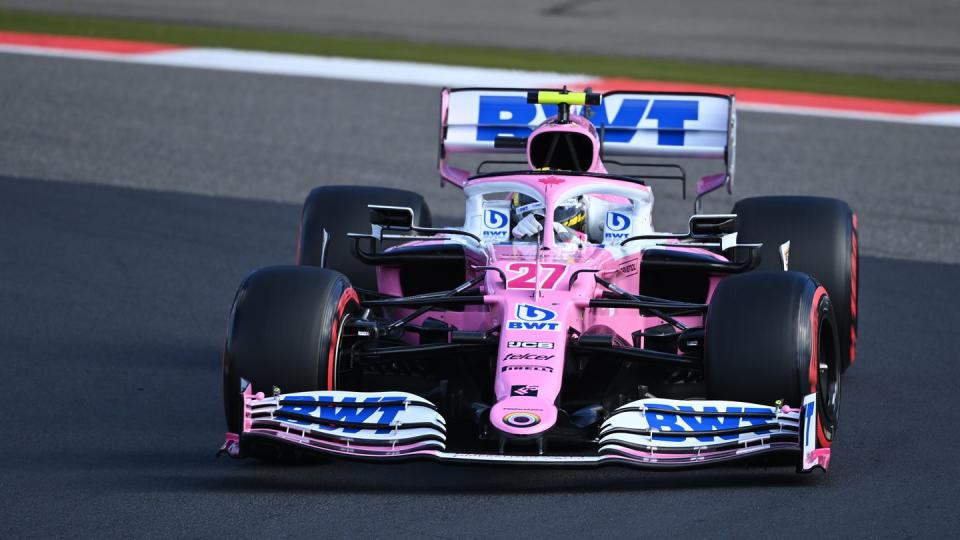
Winners don't always get to keep their trophies.
Most only get a replica of their trophy, because drivers usually sign a contract with a clause that says their team gets to keep the real one. Many teams put them on display in their headquarters.
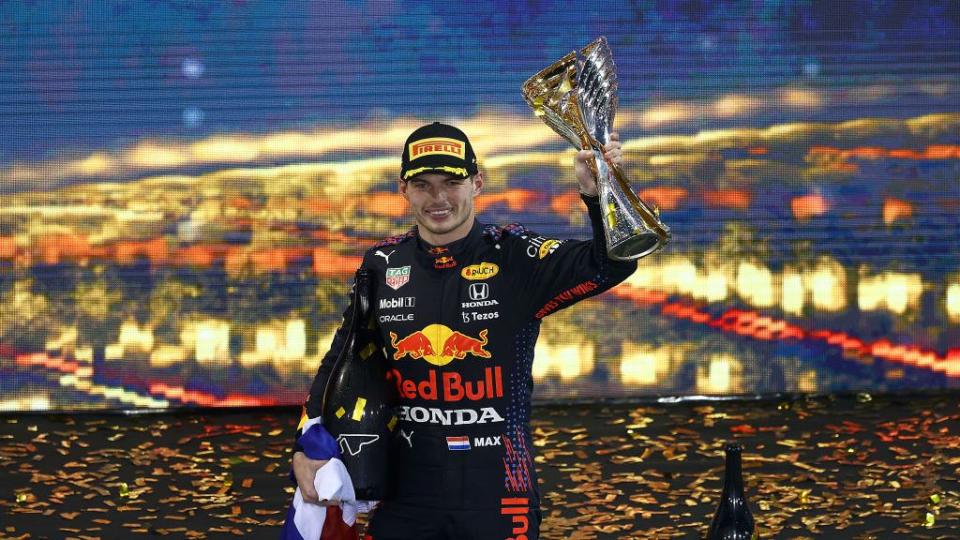
There are no bathroom breaks during races.
Since pit stops take mere seconds, trainers time meals and liquid intake to help ensure drivers don't need a bathroom break mid-race. In the case of emergencies, drivers are instructed to pee inside their suits, but this isn't very common.
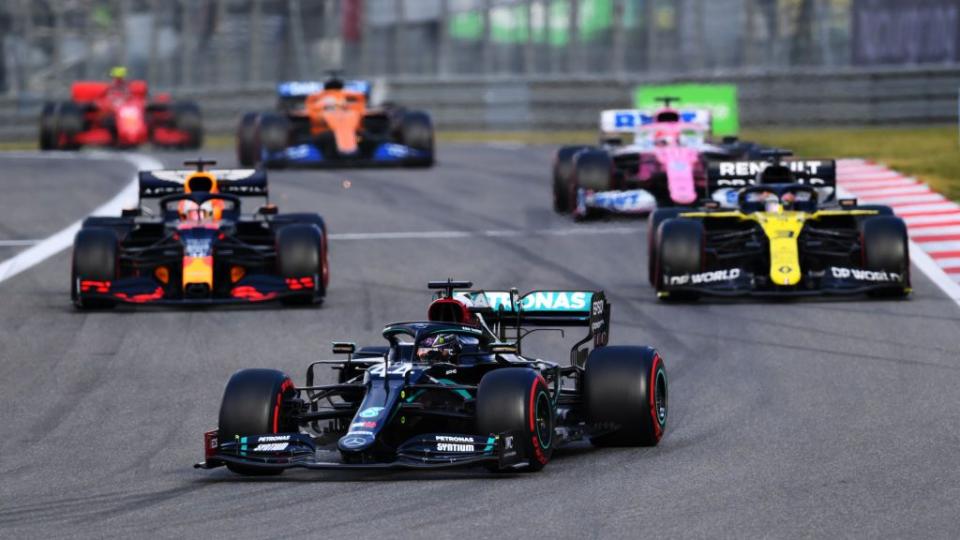
They can't be late to mealtimes.
Teams often have a culinary staff that feeds the drivers, as well as the crew and guests. "The only important thing for the drivers' food is that it is on time," Red Bull's executive chef, Sandro Gamsjager, told CNN in 2014. "Normally they eat one and a half hours before they get in the car."
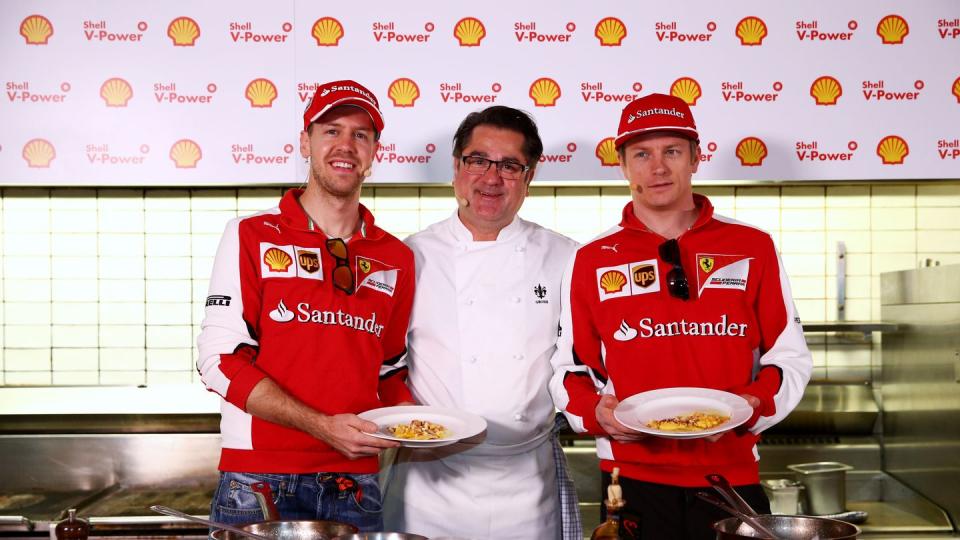
Full gear must be worn when driving.
Yes, even during practice. That includes a fireproof suit, helmet, neck protection, racing boots, and balaclava. Oh, and gloves with a biometric sensor on the fingertip, so the team can track drivers' vitals in real time, like their heart rate and oxygen levels.
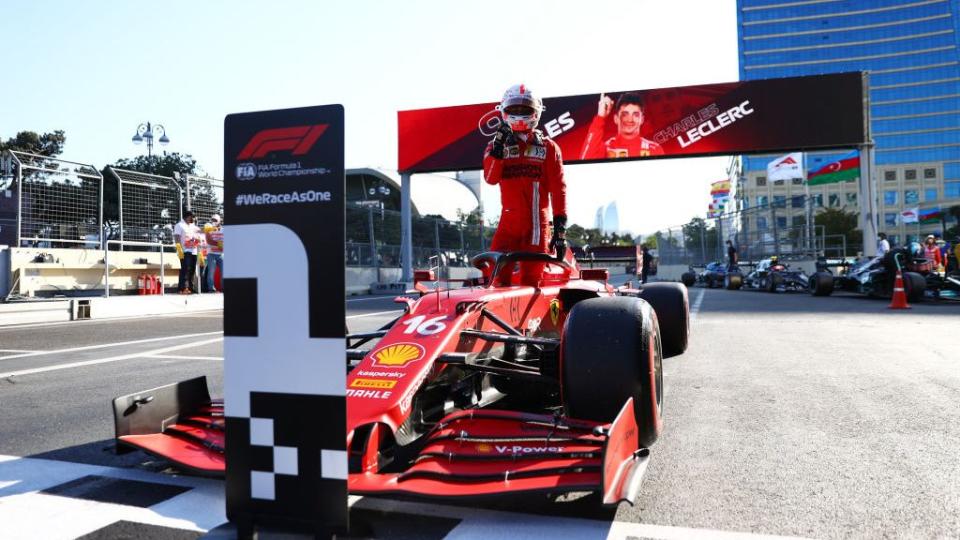
Drivers have to talk to the press.
When you see a driver immediately go from the track to interviews, it's not necessarily because they want to. Making oneself available to the media is required, and is a part of the formal rule book.

A team member records all interviews.
This is so no driver can be misquoted. These "minders," as they're called, often serve as personal assistants, helping to schedule busy days for the drivers.

Drivers used to not be able to engage with fans on social media.
In 2017, Formula 1's ownership changed hands, and teams and drivers have been posting away ever since. They often share snippets of training sessions and their personal lives.

Victory celebrations are allowed.
That being said, donuts are really hard on the car. Teams have a limited number of components they're allotted to use per year, so most drivers only do victory tricks after the last race of the season.
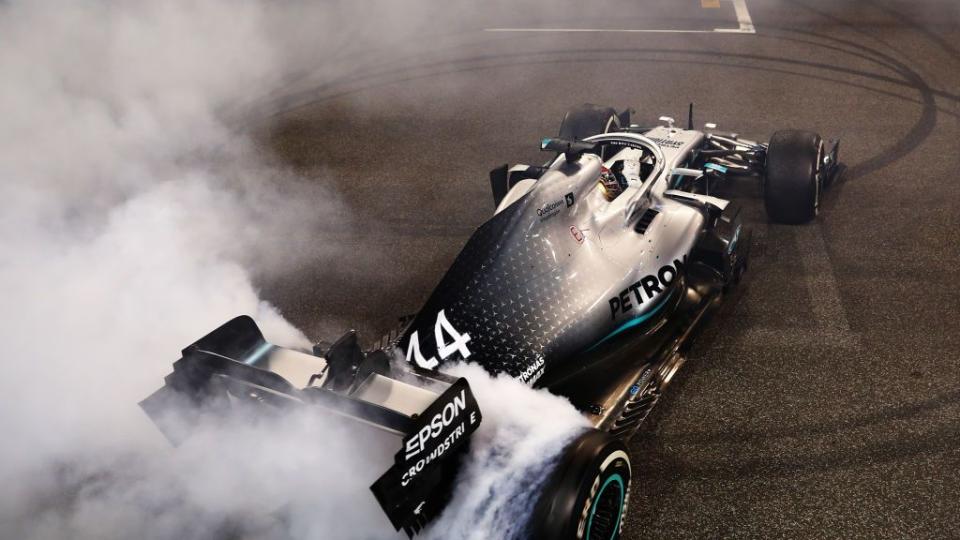
But dangerous tricks aren't allowed.
Only a celebration that is "performed safely and does not endanger other drivers or any officials" is permitted. When Max Verstappen won the Styrian Grand Prix in 2021, his burnout—a.k.a. slowing down and lighting up his rear tires—earned him a stern warning from F1 race director Michael Masi, since cars were still behind him driving at racing speeds.

Listening to music while driving isn't recommended.
While there's no written rule against it, it comes as no surprise that no driver does this, due to safety concerns. This would inflict the driver's ability to hear team communications on the radio, too.

Teammates can't talk to each other during races.
Once drivers hit the track it becomes an individual sport, so they can't speak to one another during a race. The workaround? Teammates can pass messages through their team's race engineer.
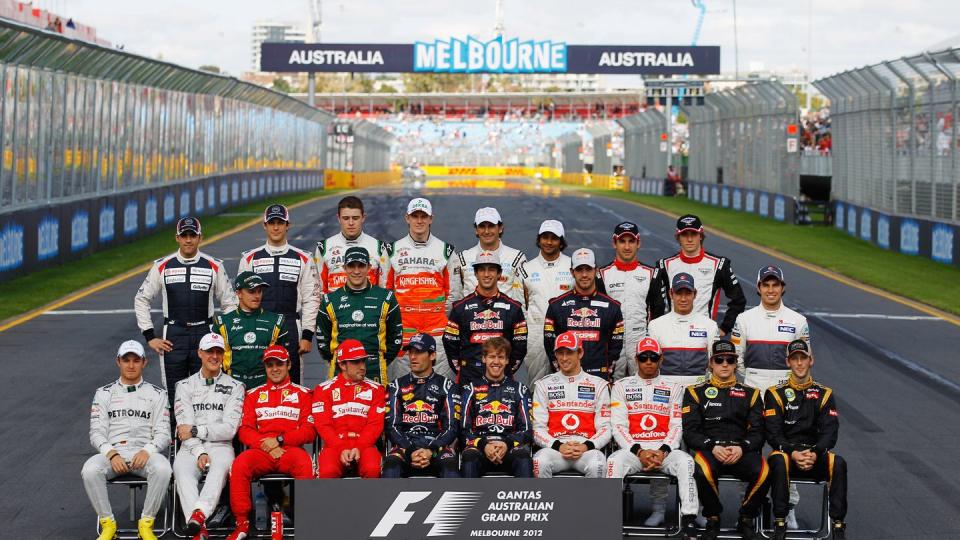
They have to brake with their left foot.
There isn't enough room in the footwell of the car for a right foot brake, so left foot braking is a nonnegotiable. Fun fact: Most cars don't even have a footrest on the left side.

Drivers have to work for their bonuses.
Each driver is paid a base salary by their team, but big bonuses are up for grabs after winning a race, getting pole position, scoring the fastest lap, and more. It's rumored that some drivers get as much as $25,000 for the fastest lap and an extra $500,000 after winning a grand prix.

Sponsorship deals are shared with the team.
Drivers can negotiate personal endorsements and sponsorships with other companies, but they won't pocket 100 percent of the total earnings. A percentage is usually shared with their team, and each team's requirement can vary.
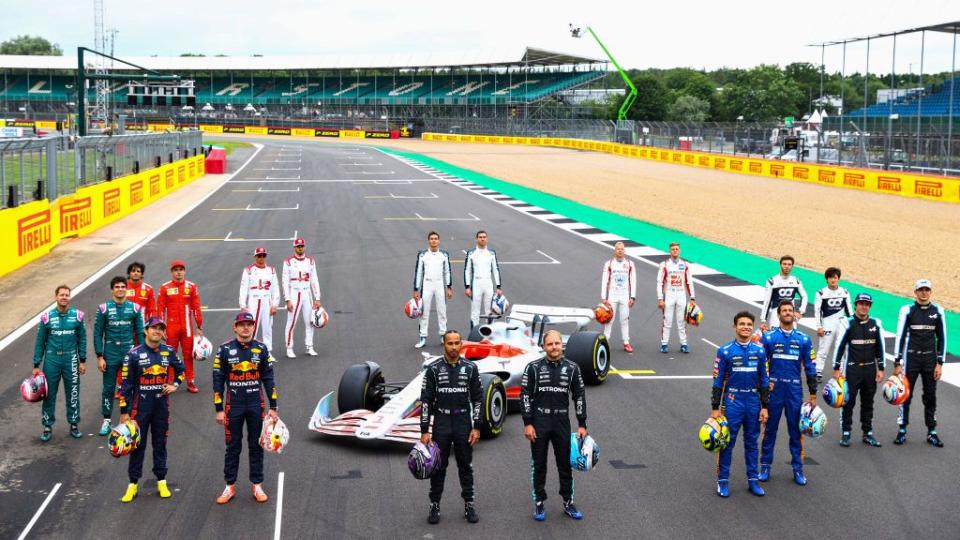
Drivers can pay their way into a race.
Called "pay drivers," these athletes finance everything themselves—either through sponsorships or personal/family funding. While the move is often looked down upon (many think it's unfair), some pay drivers have gone on to have successful careers.
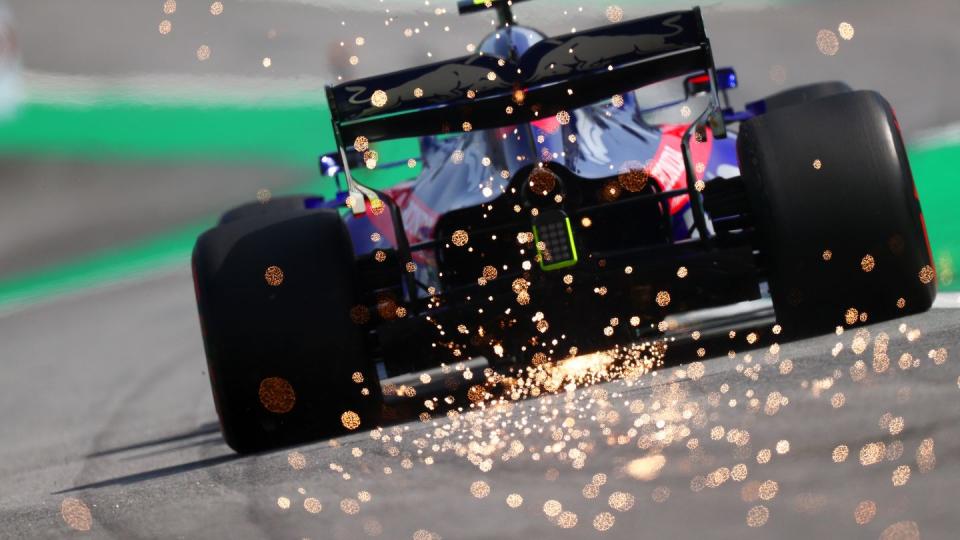
They're encouraged to drive their team's car off the grid.
When you represent brands like Mercedes or Ferrari, why wouldn't you drive the same luxury cars in your personal life? The brands often gift their athletes free cars, long-term loans, or short-term loans.
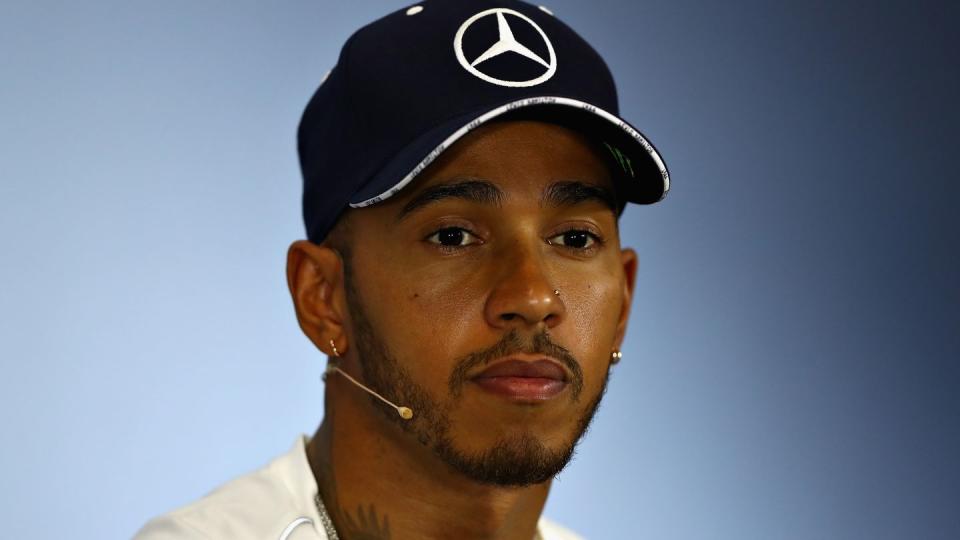
Drivers have to participate in random drug testing.
While performance enhancing drugs aren't as common in Formula 1 as other sports, drivers being under the influence is a big concern. Hitting the road while impaired could lead to crashes, injuries, or even death.

They have to train their necks.
While driving, the G-force can make it feel like 55 lbs of extra pressure is pushing against your body. That's why F1 athletes do special neck training exercises to make them stronger.
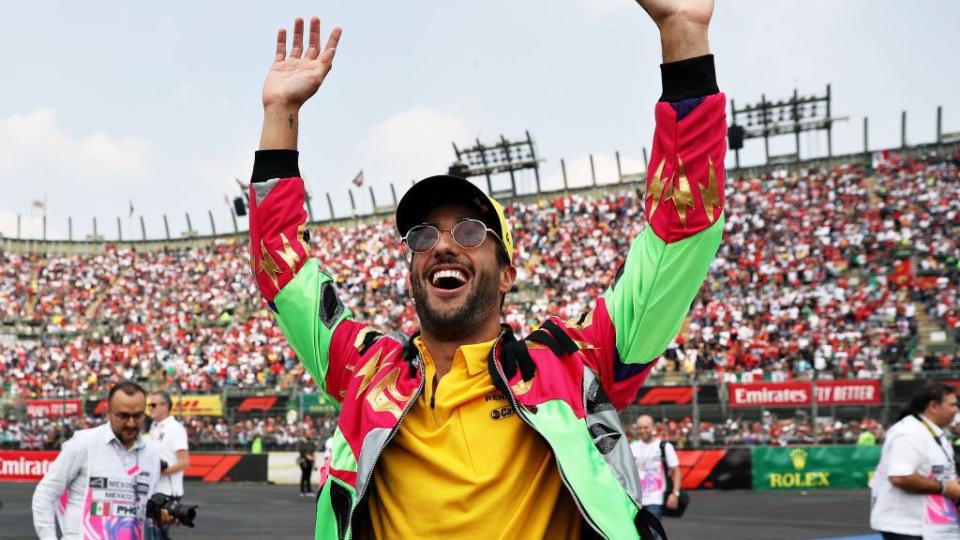
Sleep is a non-negotiable.
Being well rested is a key part of a driver's performance. That's why pre-race naps (ideally four hours before the starting time) help athletes stay alert. According to a former Renault fitness manager, a minimum of seven hours of shut-eye is absolutely necessary the night before a race.
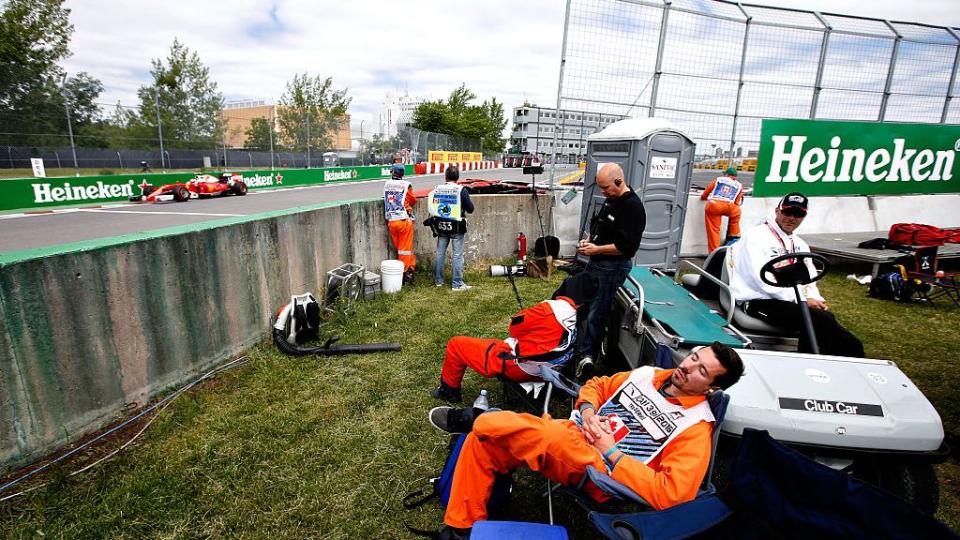
They should prepare to race on rainy days.
However, wet weather tires and red lights on each car can only help so much—sometimes conditions gets so bad, the event is delayed or cancelled. The 2021 Belgian Grand Prix declared its winner after two laps and awarded half points, which upset some fans and drivers alike. In 2023, a new "wet weather package project" was introduced to improve visibility, which includes a new type of tire and wheel arches to reduce spray.
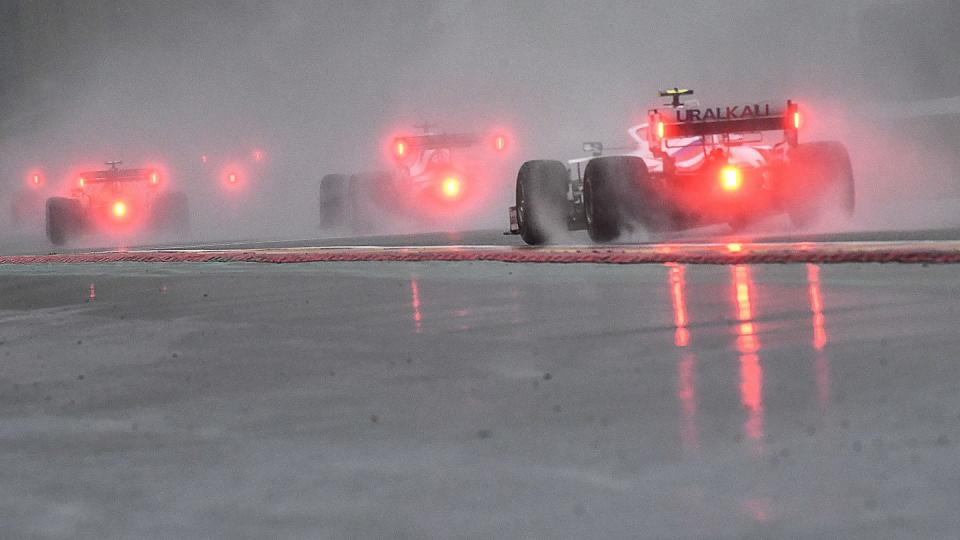
They shouldn't look at the crowd.
It's hard to miss thousands of screaming fans, but staying focused on the road is crucial. That said, some drivers have said they can hear the roar of the crowd over their engines.

Women and men can compete together.
Despite being allowed, it's rare to see women in F1. German driver Sophia Flörsch explained that because of bias in the sport, it's harder for female drivers to land sponsorships big enough to be in Formula 1. "I'd race for the championship if they let me. Women must receive the same support as men. If there are sponsors, companies, teams that believe in women, then we can make history," she told DW.

Drivers can be canned at any time.
Just because you make the team, doesn't mean you'll last the whole season. Drivers are constantly striving to perform to the best of their abilities, because mid-season transfers are fair game.
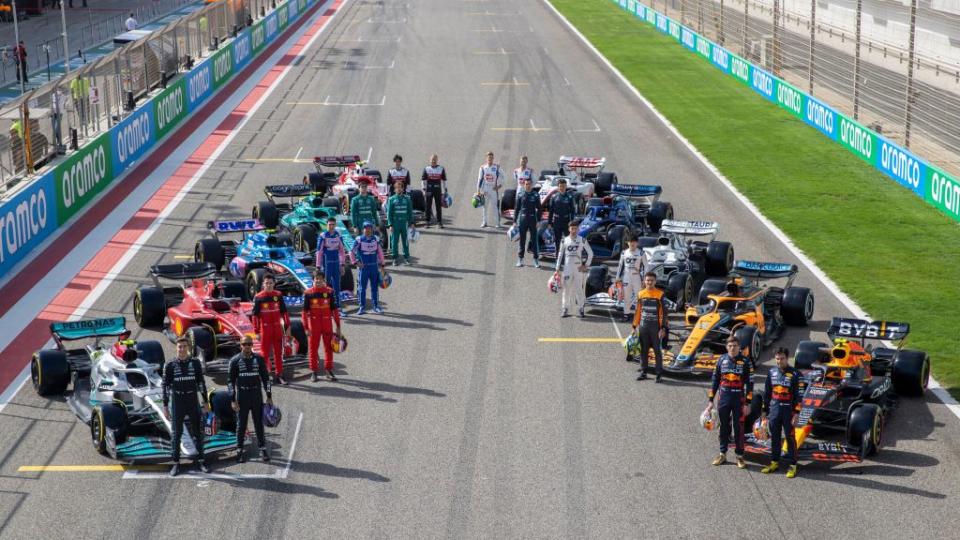

 Yahoo Autos
Yahoo Autos 